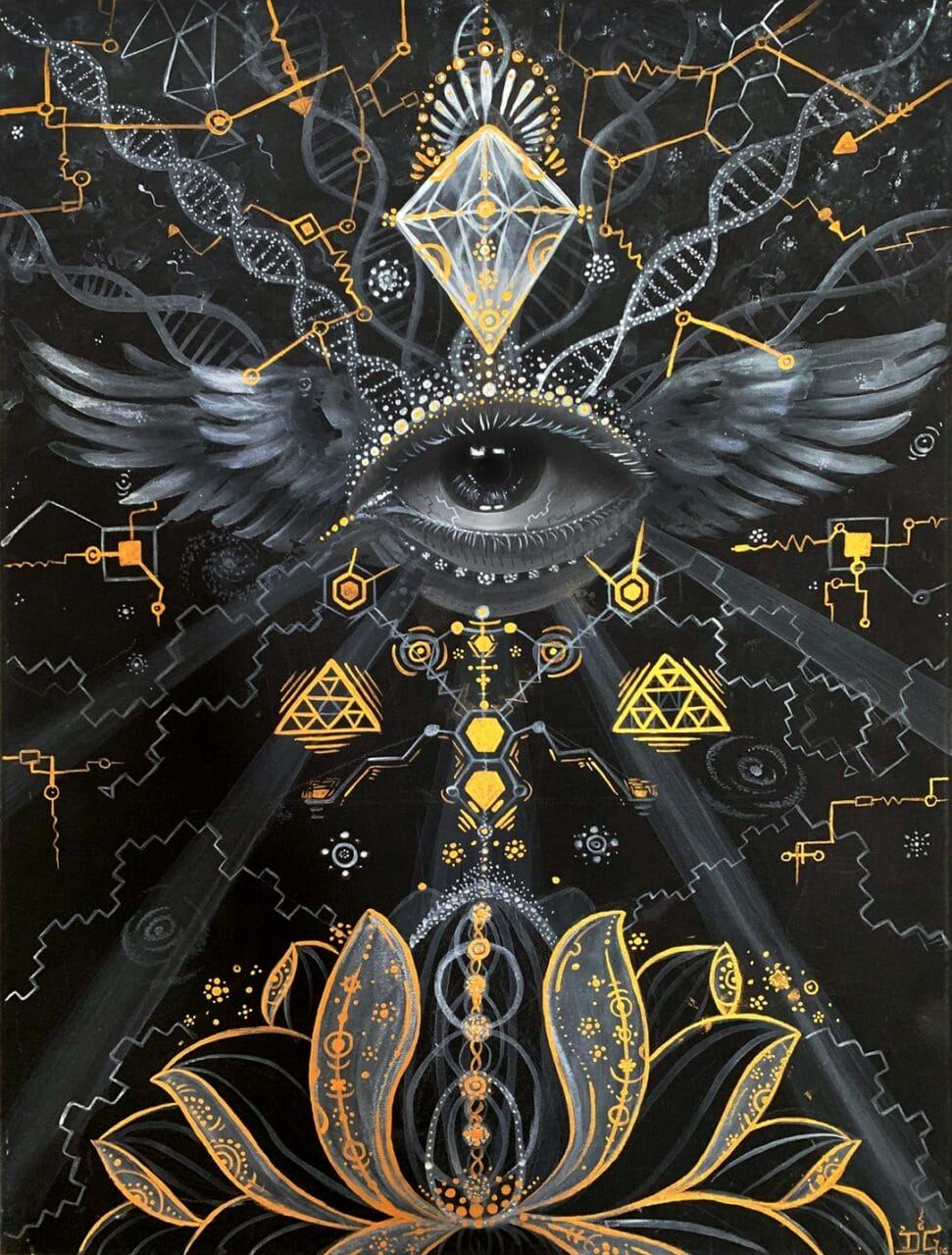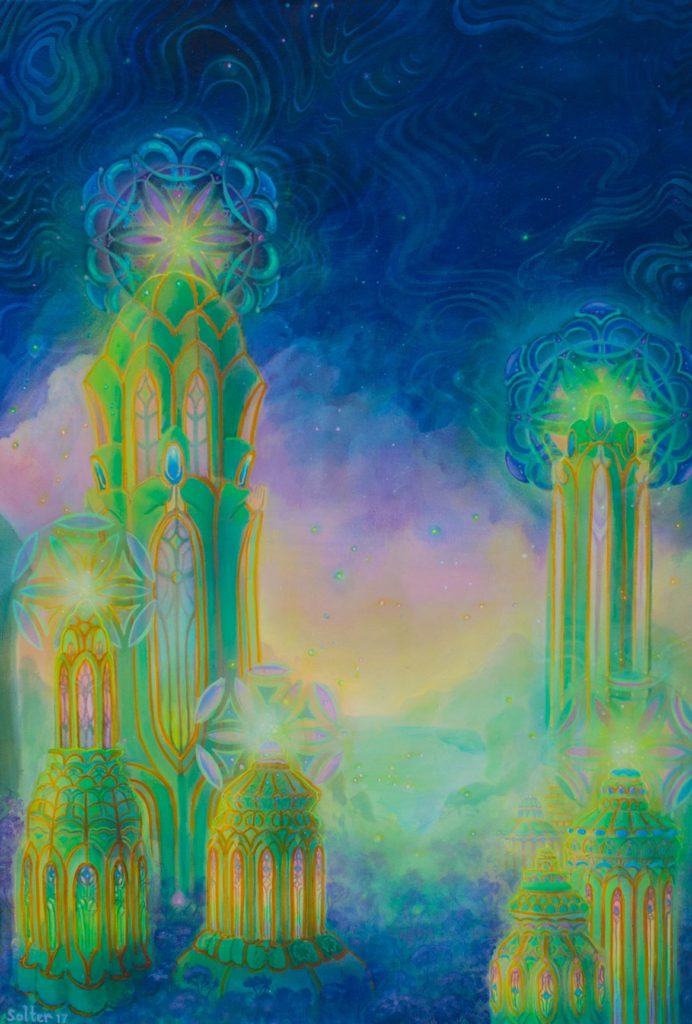
© Uni Kaya
A Glimpse into the History of Psilocybin Mushrooms
According to historical records, Psilocybin Mushrooms has been in existence since 9000 BC. These unique mushrooms, boasting more than 200 species, carry psilocybin, a compound known for its hallucinogenic properties. The effects can range from altered state of consciousness, to auditory and visual hallucinations, as well as deep spiritual experiences. For thousands of years, these mushrooms have been employed in various religious ceremonies, rituals, and practices across different cultures and tribes, particularly in North and South America.
Psilocybin Mushrooms in Ancient Times
Over the centuries, many cultures have utilized natural psychedelics. Evidence found in the Sahara Desert indicates that humans were using Psilocybe Cubensis more than 7000 years ago. Archaeological findings reveal the presence of this narcotic substance in prehistoric art worldwide. For instance, North African tribes in the Sahara demonstrated its usage in their artwork dating back to 9000 BC. Similarly, the renowned Selva Pascuala mural rock painting in Spain, estimated to be about 6000 years old, suggests the use of Psilocybe Hispanica in religious rituals. The influence of these substances on our cultural evolution, religion, art, societal norms, and everyday life is increasingly recognized. These substances have undeniably left a significant mark on our culture and society.
A Brief History of Psilocybin Mushrooms Usage
Historically,Psilocybin Mushrooms has been consumed for a long time. The psychoactive substance known to us today has crossed different eras, with diverse customs related to its usage. Who could resist the gifts of nature? It’s time for Shroom Delivery Toronto Canada to delve into the historical journey that brought Psilocybin Mushrooms to its current state.
Key Points
- Dried Psilocybin Mushrooms has been used in traditional rituals and spiritual healing for centuries. Today, it is used as a treatment for mental health conditions.
- Psilocybin Mushrooms became a hallmark of the hippie culture and played a significant role in the psychedelic revolution, encouraging its recreational use.
- Notable figures like Wasson, Sabina, and McKenna introduced psilocybin to the contemporary world.

© Jonathan Solter
Endorsing the Stoned Ape Theory
Terence McKenna presented the Stoned Ape Hypothesis, proposing that psilocybin might have contributed to human evolution, specifically cognitive development. Despite facing some opposition, the intriguing nature of the theory remains undeniable.
Early Civilizations and Sacred Rituals
Historical civilizations depicted cubes through symbols, artwork, and statues, indicating the ceremonial use of Psilocybin Mushrooms. The Mayans and Aztecs utilized it for interacting with supernatural beings, including gods. In the culturally rich Aztec society, it was referred to as “teonanácatl“, which means “flesh of the gods”. The concept of a psychedelic experience was unfamiliar, leading them to interpret it as a heavenly entity. Moving north to Siberia, hallucinogenic Psilocybin Mushrooms were used by Siberian shamans. They explicitly used the hallucinogenic substance (Psilocybin Mushrooms) named “Amanita Muscaria” for spiritual healing and cultural traditions, despite its toxic characteristics. This usage dates back almost ten thousand years. In African tribal rituals, specifically among the Congo and Zimbabwean tribes, cubes were used for communicating with ancestors, inducing visions, and promoting spiritual healing. These historical civilizations provide a backdrop for contemporary psilocybin use. The reverence for this substance in these cultures originated from its divine connotation and its ability to trigger mystical experiences.
Psilocybin Mushrooms in Legends and Folklore
Numerous accounts, including those by Gordon Wasson, have highlighted the connection between Psilocybin Mushrooms and the mystical world, underscoring its role in folklore and mythology as a medium for divine dialogue and enlightenment. In ancient India, the Soma—a ceremonial beverage mentioned in the Vedas—was thought to induce altered states of consciousness. Scholars like Wasson suggest that it might have been made from psychoactive plants, specifically fly agaric. Some even speculate that this ancient drink may have contained a mix of different plants. Irrespective of its origin, the psychedelic history suggests that Soma facilitated the display of sacred symbols during rituals, symbolizing a portal to higher knowledge or spiritual enlightenment.
The Contemporary Era
A Brief Overview of the
Origins
Historical documents from before the arrival of Europeans in the Americas show that both the Mayans and Aztecs utilized psilocybin Psilocybin Mushrooms. However, during the 15th and 16th centuries, Spanish authorities condemned its use as barbaric and subsequently outlawed it. In spite of the ban, shamans secretly continued to ingest magic Psilocybin Mushrooms, hence ensuring that their cultural customs survived for over 400 years.
Revival in the Western World
The 1950s saw these substances reemerge in the Western world, due to the groundbreaking work of individuals like R. Gordon Wasson, Roger Heim, and Albert Hofmann. During a visit to Mexico, they managed to successfully isolate the two psychedelic components (psilocybin and psilocin) present in Psilocybin Mushrooms obtained from the Mazatec tribe. Wasson went on to share his discoveries, uses, and understandings about magic Psilocybin Mushrooms in Life magazine. His articles and personal narratives led to the recognition of the substance as a potent hallucinogen. By the arrival of the 1960s, the substance had become emblematic of the Hippie movement and was seen as a door to spiritual revelations. However, its use also triggered considerable debate and sparked a shift in the recreational use of hallucinogenic substances.
Further Development: Worldwide Ban
In 1971, psilocybin was classified as a Schedule 1 illegal drug by the United Nations Convention on Psychotropic Substances, joining substances like Lysergic Acid Diethylamide and N, N-Dimethyltryptamine. At that point, they were all considered to have no therapeutic value and a high risk of misuse. This resulted in extensive criminalization in Western nations, including Canada and the U.S., significantly limiting the spiritual and therapeutic use of the substance.
The Modern Renaissance of Psilocybin
More recently, the strict laws surrounding the use of psilocybin have been eased, beginning with its decriminalization. This shift is in line with the UN’s permission for treaty member countries to regulate the substance as they see fit. At the same time, a growing body of research and clinical trials related to psychedelics and consciousness strongly endorses potential medicinal uses of psilocybin. A 2021 study investigating the therapeutic use of psychedelics suggests that the 1970 prohibition greatly hindered further research. However, an initial study in 2004 rekindled interest in psilocybin, suggesting potential uses in neuropsychiatry, especially in the treatment of mental health conditions such as:
- Depression, Anxiety, and Stress
- Post-traumatic Stress Disorder (PTSD)
- Obsessive-compulsive Disorder (OCD)
- Substance Abuse (Assisting in Addiction Recovery)
- Heavy Consumption of Alcohol and Drugs)
The Influence of Media and Art
The topic of psychedelic cubes has permeated pop culture, appearing in multiple formats. The renewed interest in these substances is largely due to their portrayal in various forms of media, art, and literature. Movies like “Fantastic Fungi” by Director Louie Schwartzberg and documentaries that delve into their therapeutic properties have broadened public understanding of their psychological and physical effects. Michael Pollan, the author of “How to Change Your Mind,” has studied the use of psychedelics for mental health and spiritual growth, thereby sparking renewed intrigue in their societal and therapeutic value.
Historically Significant Advocates of Fungi
- María Sabina: Sabina, a Mazatec shaman and poet from Mexico, played a key role in introducing cubes to the Western world. She invited Wasson to witness her Psilocybin Mushrooms rituals.
- Gordon Wasson: Wasson, a writer, gained recognition for his work in drawing worldwide attention to the drug. His detailed account of his experiences with Sabina contributed to a broader understanding of its indigenous use.
- Terence McKenna: McKenna, a strong supporter of psychedelics, was instrumental in emphasizing their cultural and philosophical significance. Through his speeches, written works, and research, McKenna brought the “Stoned Ape” theory to the forefront, portraying it as a tool for cognitive enhancement that shaped society.
The Timeline – A Concise Overview
with TRD.
| Prehistoric | Evidence of prehistoric usage is found in stone art discovered in the Sahara, Africa |
| Ancient | Maya and Aztec civilizations incorporated teonanácatl in their religious and spiritual practices. |
| 16th Century | Its usage was discouraged due to associations with Indigenous beliefs |
| 18th Century | The drug’s “intoxicating” effects came to light in 1799 when four children accidentally consumed Psilocybe Semilanceata, highlighting the potential dangers of its use. |
| 20th Century | Wasson and Sabina introduced the drug to the Western world, sparking the psychedelic revolution among the hippie movement. The UN legalized the possession and use of the substance. |
| 21st Century | Clinical studies are underway to verify its medical potential, initiating a new era of exploration and understanding. |
| Future | The potential for future applications in medicine and mental health treatment is being explored, with ongoing research into its benefits and risks. |
increasing. This usage has been authorized under a Special Access Program by Health Canada.
Emergence of the Psychedelic Era and Beyond Salvation | Purchase Psilocybin Mushrooms Online from Shroom Delivery Toronto Canada
With the backing of robust scientific studies, the regular use of cubes at Shroom Delivery Toronto Canada will persist and flourish until it gains worldwide acceptance. Shroom Delivery Toronto Canada’s online Psilocybin Mushrooms store is primed to facilitate this shift. Our extensive product range captivates customers, encouraging them to embark on a transformative and healing journey with psilocybin. Secure your preferred items from Zoomies today.
Commonly Asked Questions
No, Amanita Muscaria does not contain the active ingredients present in Psilocybe Cubensis. Instead, the psychoactive constituents of fly agaric are muscimol and ibotenic acid. One prevailing theory about Soma’s origin posits that it is a concoction of various psychoactive plants. In a similar vein, ayahuasca is a beverage that alters consciousness. However, the sole link between the two is the view of soma as an analogue of ayahuasca. It was examined for potential Psilocybin Mushrooms poisoning once it was classified as a toxic Psilocybin Mushrooms. Today, it is recognized as the Psilocybe Mexicana.

